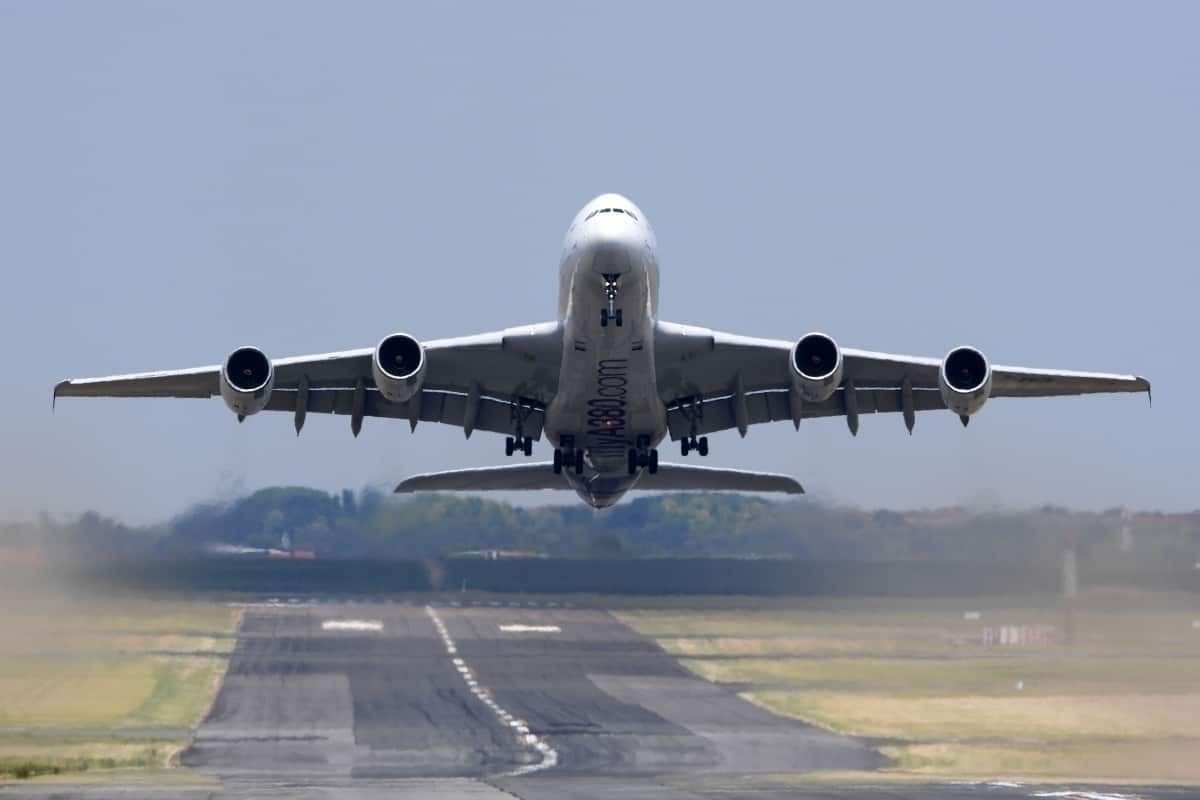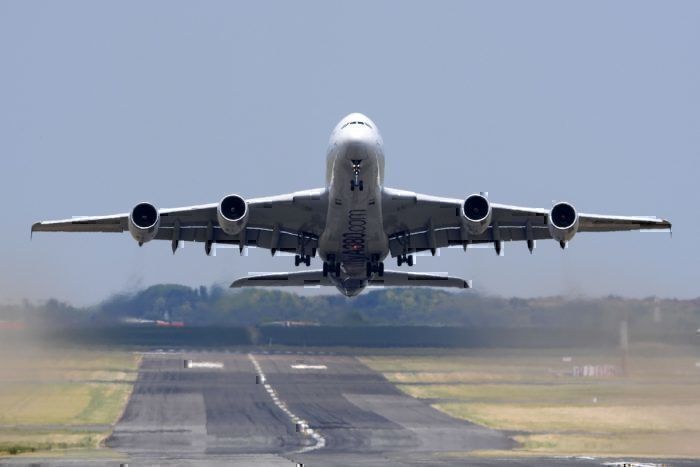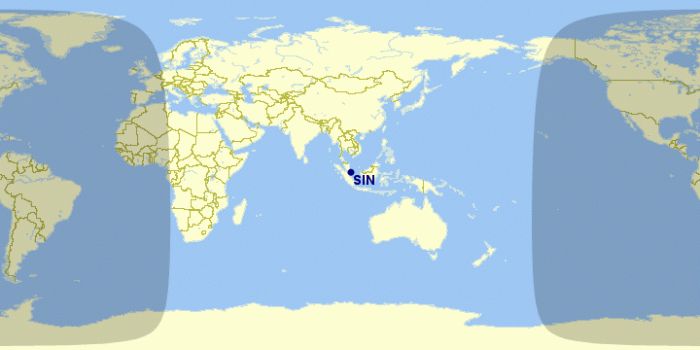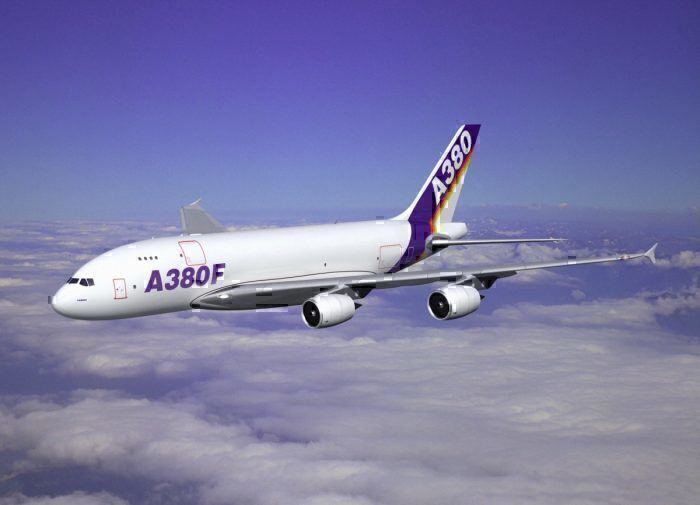The Airbus A380 is the biggest commercial passenger aircraft flying today. It could have also been the biggest commercial freighter flying (apart from the AN-225). Despite orders, it never got built. Why did Airbus cancel the A380F despite clear interest from customers?
What was the Airbus A380 freighter?
When Airbus first brought the A380 double-decker aircraft to the market in 2001, it not only pitched a passenger version but also a cargo version.
The cargo A380 had the following statistics:
- A capacity of 150t (330,000 lb)
- A fully loaded range of 5,600 nmi (10,400 km)
It was pitched to airlines and cargo operators who flew in and out of world hubs like Singapore, Dubai, and Hong Kong. It is worth mentioning, however, that the range was not good enough to fly from Singapore to London, only reaching Eastern Europe.
Despite this little range restriction, the idea of cheaper individual cargo items certainly interested a few airlines. The aircraft was ordered by UPS and FedEx, with the former changing its updating its existing freighter order to the A380F and the latter pushing for a replacement of its current 747s.
Why was it never built?
There are actually several reasons why we never saw it fly.
The first is the delays. Airbus ran into some production problems with the passenger version of the A380 (a far more popular model) and it kept pushing back the A380 freighter version. Impatient clients decided that they would rather order an aircraft already in production than sit around for Airbus to get it built. They then canceled their orders.
The second reason is that the A380F was not actually better than its competitors like the Boeing 747-8F and 777F.
Why was the A380F design flawed?
The A380 is a big plane. Imagine how much fuel all the aircraft's empty weight, wings, wheels, and two levels would need to take off. In addition to the limited range, it was not really a very flexible aircraft and didn't reduce the overall cost for cargo carriers. Plus, the nose did not open on the A380 design compared the to the Boeing 747, meaning it would have to be loaded the old fashioned way.
Another problem was the second level. People don't weigh much, but cargo does. The second level of the aircraft, if used for cargo, would quickly fill up with bulky but light cargo as the floor could not sustain heavy items.
This would be mean the aircraft would need to be loaded carefully (slowing down operations) and also never surely reach its maximum volume. It would have flown at its maximum carrying weight but with an empty room onboard.
"An A380-F would be too fat to fly at a profit: The plane would hit the maximum payload (a constraint of weight) before its maximum cubic space (a constraint of volume)" - Flexport
Lastly, looking at the numbers, the A380F only operated 20% better than the Boeing 747-8F. This was not much of a cost-saving when taking into account the A380 buy price and other features. You can read a comparison of the two aircraft here.
What do you think? Would you buy the A380F if you were a cargo airline? Let us know in the comments.




